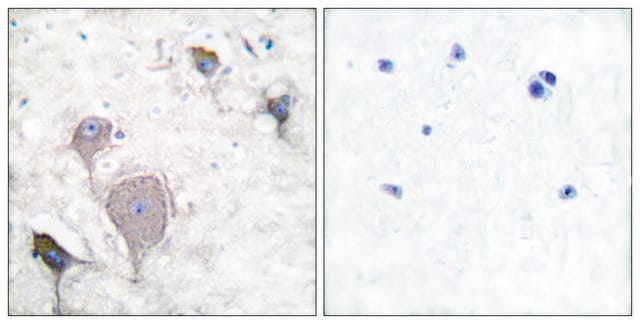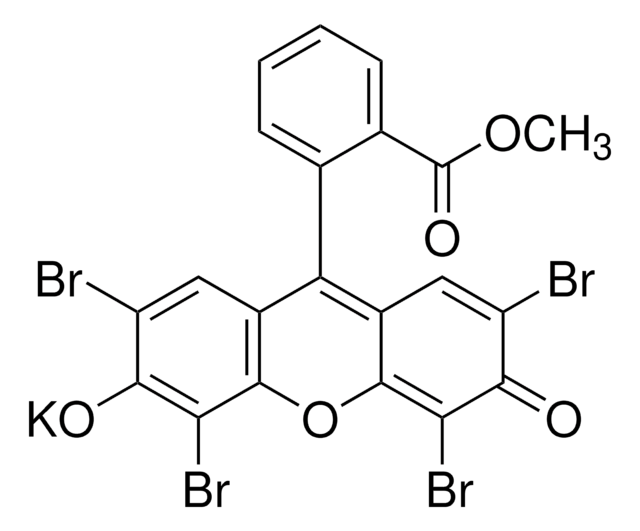MAB1527
Anti-Peripherin Antibody, clone 8G2
culture supernatant, clone 8G2, Chemicon®
Synonym(s):
Anti-NEF4, Anti-PRPH1
About This Item
Recommended Products
biological source
mouse
Quality Level
100
300
antibody form
culture supernatant
antibody product type
primary antibodies
clone
8G2, monoclonal
species reactivity
pig, rat, bovine, human, mouse
manufacturer/tradename
Chemicon®
technique(s)
immunocytochemistry: suitable
immunohistochemistry: suitable
western blot: suitable
isotype
IgG
suitability
not suitable for immunohistochemistry (Paraffin)
NCBI accession no.
UniProt accession no.
shipped in
dry ice
target post-translational modification
unmodified
Gene Information
human ... PRPH2(5961)
Related Categories
General description
Specificity
Immunogen
Application
Immunohistochemisty: light PFA fixation is necessary as 8G2 is sensitive to heavy formalin fixation. Antigen recovery is enhanced with 0.1% triton in the block only. 1:25-1:200
Immunoblotting: The antibody is clean and specific for the expected 57kDa band on Western blots.
Optimal working dilutions must be determined by end user.
Neuroscience
Sensory & PNS
Neuronal & Glial Markers
Target description
Physical form
Storage and Stability
Analysis Note
Rat sensory neurons, rat spinal cord homogenate and peripheral nerve homogenate
Other Notes
Legal Information
Disclaimer
Not finding the right product?
Try our Product Selector Tool.
recommended
Storage Class Code
11 - Combustible Solids
WGK
WGK 3
Flash Point(F)
Not applicable
Flash Point(C)
Not applicable
Certificates of Analysis (COA)
Search for Certificates of Analysis (COA) by entering the products Lot/Batch Number. Lot and Batch Numbers can be found on a product’s label following the words ‘Lot’ or ‘Batch’.
Already Own This Product?
Find documentation for the products that you have recently purchased in the Document Library.
Our team of scientists has experience in all areas of research including Life Science, Material Science, Chemical Synthesis, Chromatography, Analytical and many others.
Contact Technical Service




